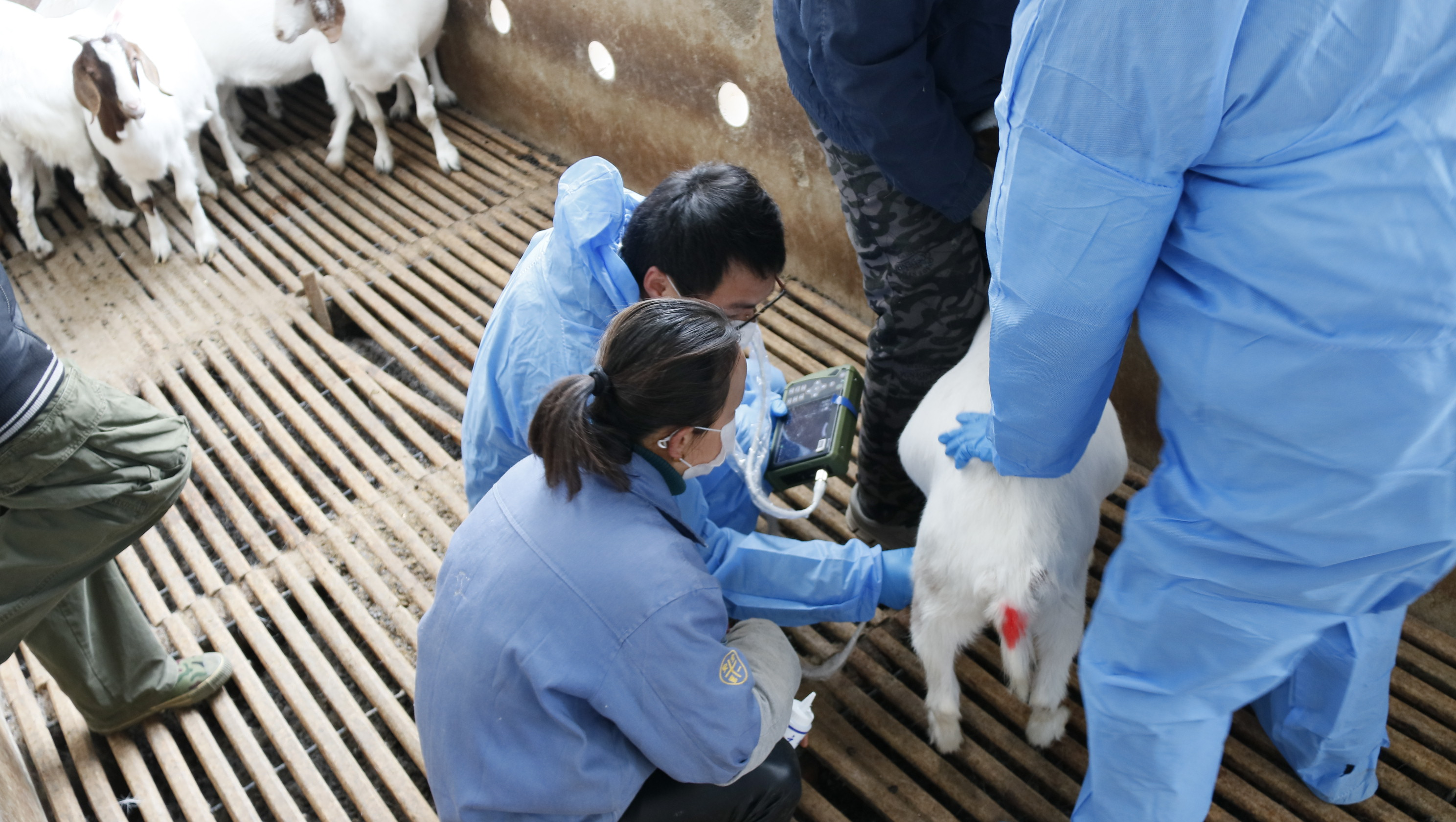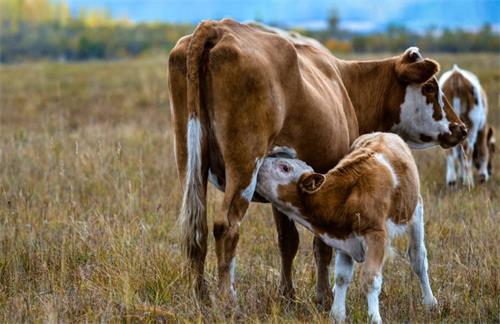In the early stage of pregnancy, ewe feeding and management. During this period, it can be observed on B-ultrasound that the fetal development is slow, which can maintain the feed amount during empty pregnancy, mainly to continue to maintain good fat condition during breeding. Sheep should observe the thickness of backfat and maintain good fat condition when using B-ultrasound. Early protection of pregnancy, prevention of early hidden miscarriage, and improvement of conception rate and number of live births.

In the first month of pregnancy, before the fertilized egg implants and forms a placenta, it is easily affected by external conditions, which is a critical period for ensuring the normal growth and development of the fetus. The nutritional status of the ewe should be determined by measuring the thickness of the backfat using ultrasound, and appropriate feeding of sperm should be given to prevent embryo aspiration and miscarriage. Deworming. After 90 days of pregnancy, deworming should be done both inside and outside the body once.
The feeding and management of ewes from pregnancy to delivery, during which B-ultrasound monitoring of backfat thickness is often used to prevent ewes from losing fat, miscarriage, difficult delivery, and other situations, in order to improve the survival rate of lambs. Feed concentrated feed. In the late stage of pregnancy, ewes are fed once a day, supplemented with no more than 0.5kg of concentrated feed per day. Sheep specific composite mineral nutrition licking bricks are added to the feed to prevent fetal cartilage disease and postpartum paralysis of ewes.
Management of ewe delivery and feeding during labor. The gestation period of Hu sheep is 146-161 days, with an average of 152 days. Pregnant ewes are observed for fetal transfer by B-ultrasound 7 days before delivery, and can then enter the lambing pen for feeding. Clean and disinfect. Before giving birth, the ewe's hindquarters should be cleaned, breasts should be washed, and disinfected before waiting for delivery. Disposal of placenta. When a ewe gives birth, contractions occur once every 15 minutes, for about 20 seconds each time. About 1 hour after the ewe gives birth, the placenta is naturally expelled, and the placenta should be removed in a timely manner to prevent it from being swallowed by the ewe and developing bad habits. If the placenta of the ewe is still not discharged 2-3 hours after delivery, the sheep should be used to observe the condition of the placenta with B-ultrasound in a timely manner and take measures.








